In 2002, I traveled to Moscow for a two-week training session with renowned coach Mark Dvoretsky. After a few days, GM Peter Nielsen (now Magnus Carlsen’s coach) arrived to join me. More than the training sessions (which were very useful), what I remember today are the stories that Dvoretsky told during our snack breaks.
During these breaks, Dvoretsky and his friendly wife would offer us a variety of snacks, especially sweets, washed down with tea and coffee. Then he would start telling us stories about chess in the Soviet Union. The breaks sometimes lasted more than 2 hours.
In the mid-1970s, Dvoretsky was one of the coaches at Botvinnik’s school and was assigned to teach an endgame class with young talents. One of them was named Garry Kasparov and was about 13 years old. The class was about rook endgames. As was customary, at the end of the session, the students were given the task of analyzing a complex position. The “homework” was about a famous game between Capablanca and Alekhine, played in the New York tournament in 1924.
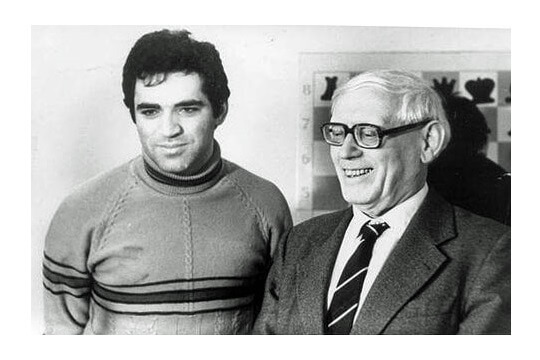
I won’t go into details, because I don’t remember the subtleties. But basically, White plays in the position shown in the diagram below, after 38…c6:
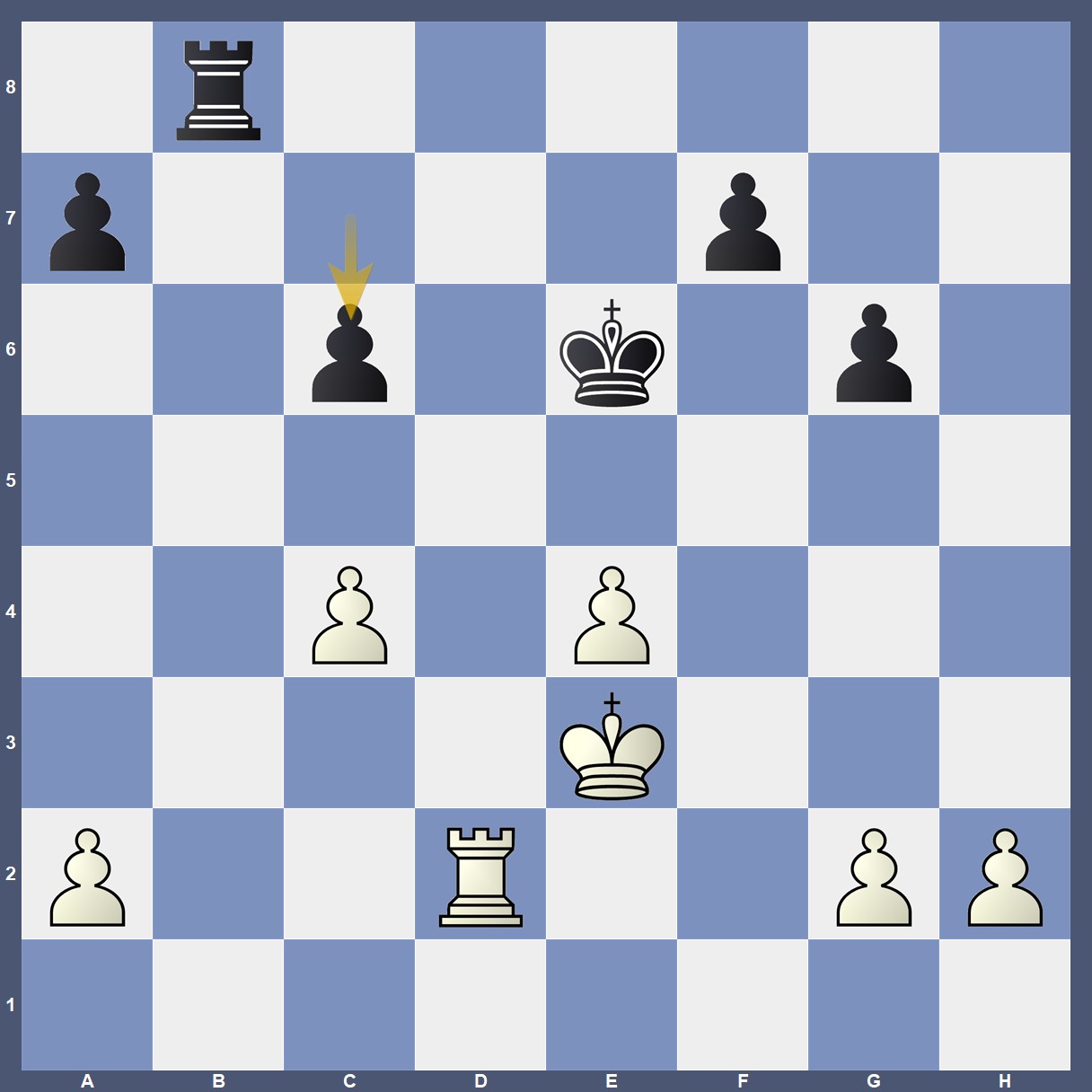
Capablanca has an extra pawn and played 39.h4 here, a natural move. But the game continued 39…Rh8 40.g3 Rh5!!, activating the rook. Alekhine managed to snatch a draw.
Kasparov found this defensive maneuver in his analysis and suggested many variations to avoid it. I don’t remember if his suggestion was 39.h3 or 39.g3, to leave the h-pawn defended. What I remember is that Dvoretsky was impressed with the quality of the analysis.
So impressed, in fact, that he was certain that Kasparov would be a future world title challenger. He confessed to us that he tried to “keep” the notebook with the analysis as an advance souvenir of a potential world champion. But Klara Kasparova, a strict and protective mother, realized the evil plans and demanded the notebook back.
This story has a fascinating touch about the passage of time. The great rivals who faced each other in 1924, when they were not yet mortal enemies. Alekhine would defeat Capablanca in 1927 precisely because of his superior play in the endgame. The decisive game of the match ended in a rook endgame.
This rivalry had a “mirror” many years later, when Karpov/Capablanca faced Kasparov/Alekhine in several matches.
Dvoretsky was right. That young man had a promising future.



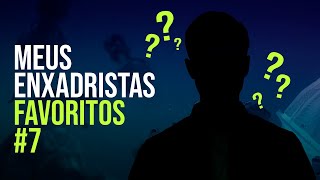
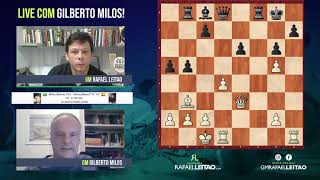
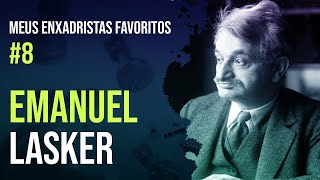

No comments